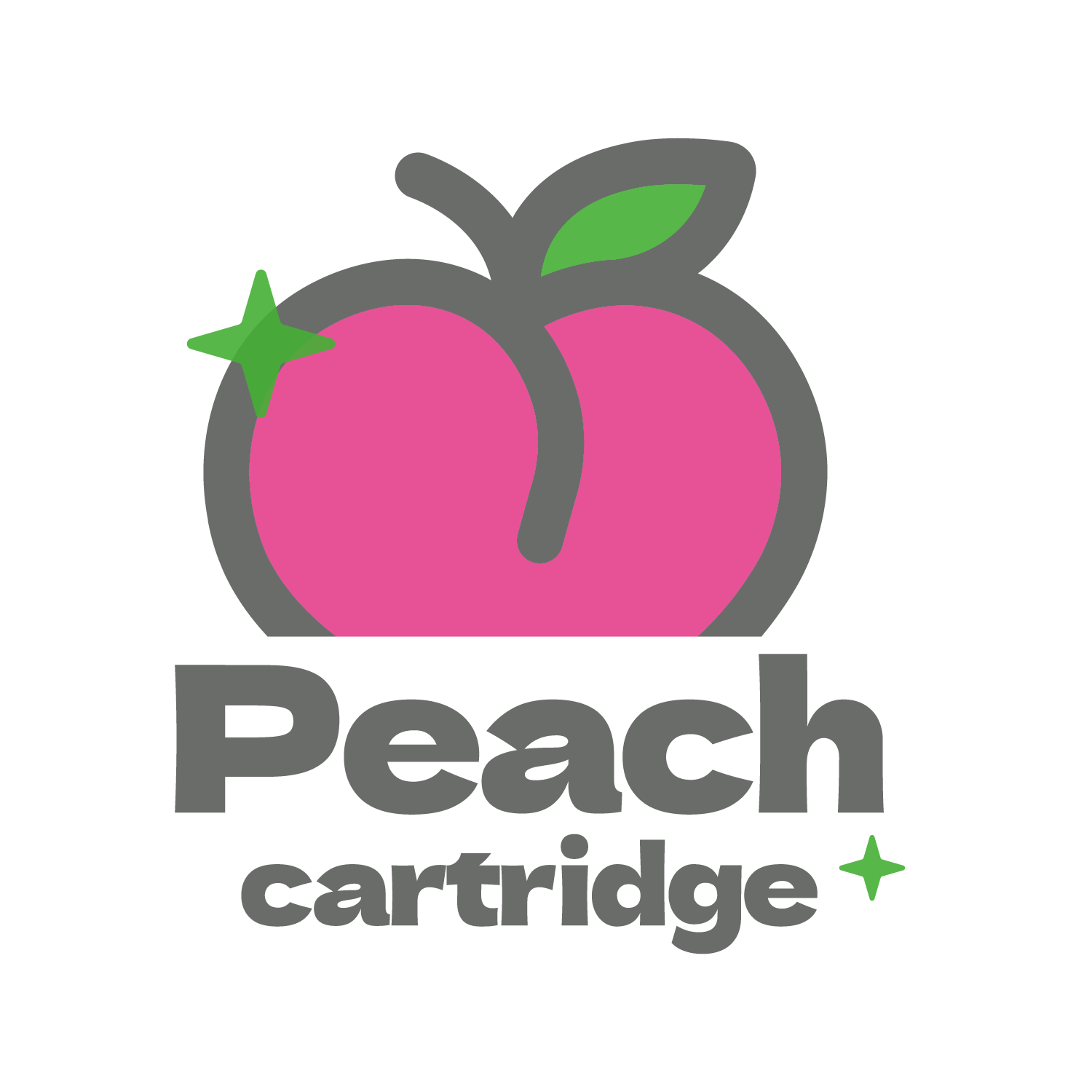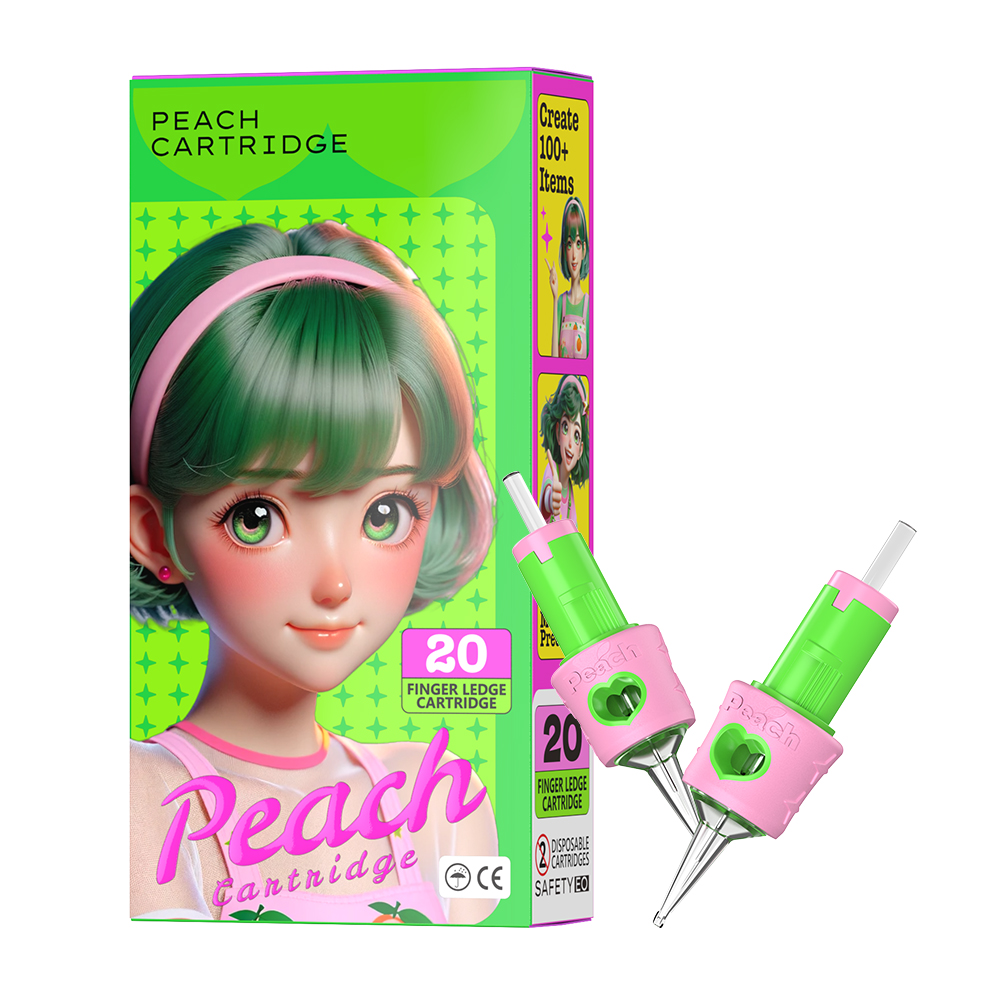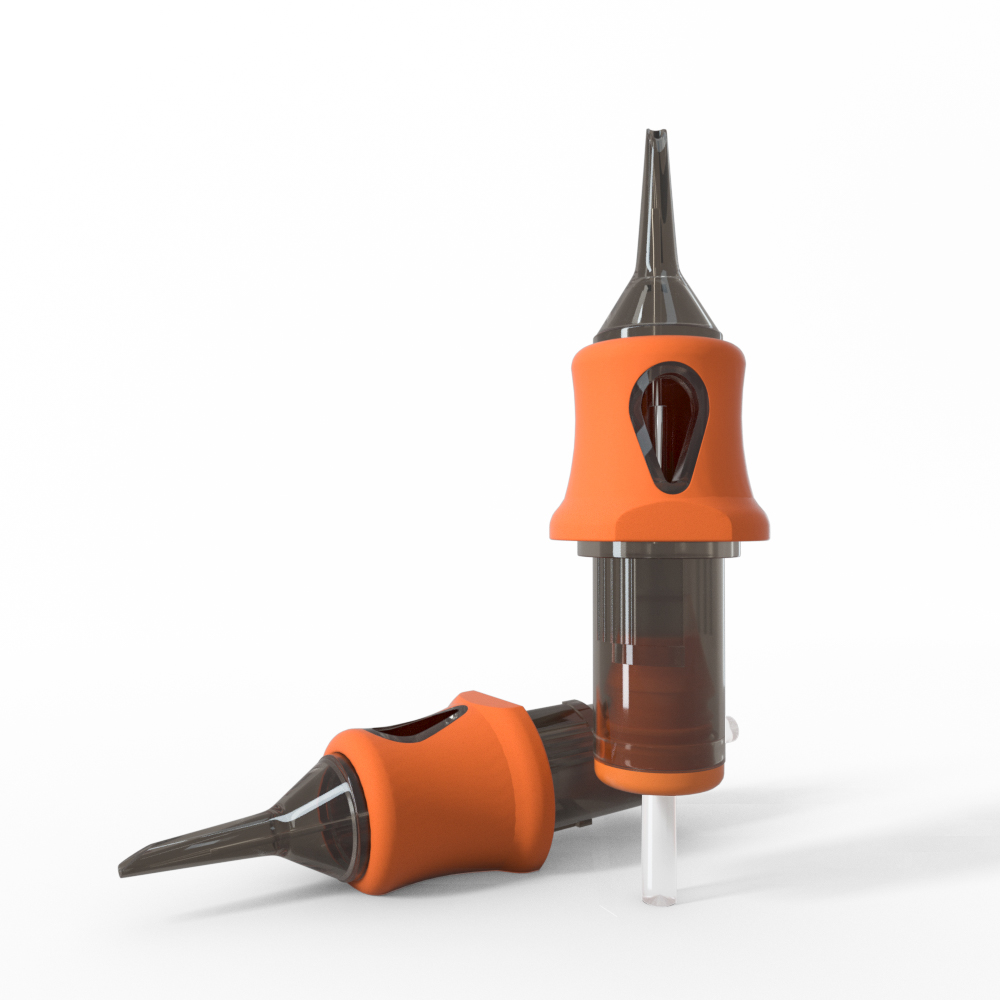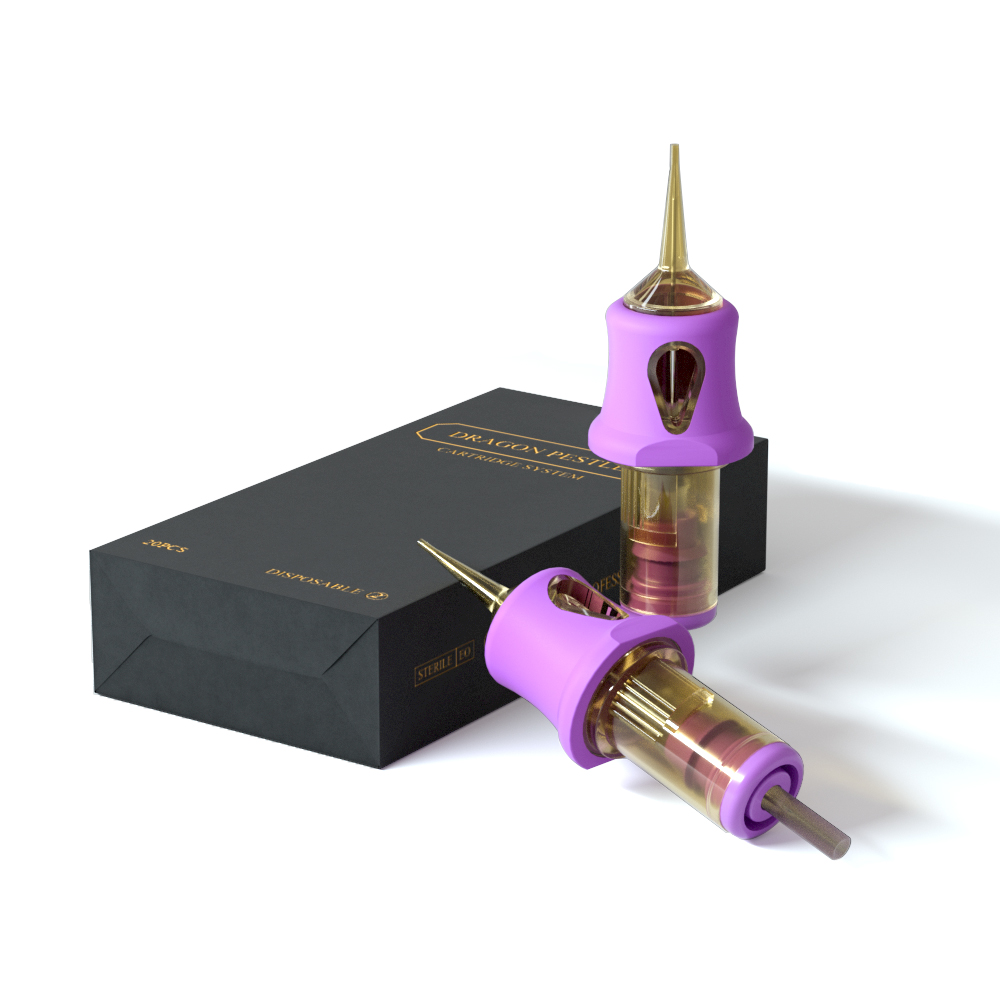A: What are Tattoos?
Tattoos are a form of body art where ink is inserted into the skin to create designs. They can be simple or complex, black or colorful, and hold personal, cultural, or aesthetic significance. Tattoos have been used for self-expression, marking milestones, and even as a form of rebellion.
B:Historical Significance of Tattoos
Tattoos date back thousands of years. From the intricate designs of Polynesian tribes to the symbolic tattoos of ancient Egyptians, tattoos have been a part of human culture across the globe. They have been used to signify social status, religious beliefs, and even to mark achievements in battle.

II: The Art of Tattooing
A:Tattoo Styles and Techniques
Tattooing is an art form with numerous styles and techniques. Some popular styles include traditional, realism, watercolor, tribal, and neo-traditional. Each style has its unique characteristics, from the bold lines of traditional tattoos to the lifelike details of realism.
B:Modern Tattoo Trends
Modern tattoo trends are ever-evolving. Minimalistic designs, geometric patterns, and pastel colors are some of the current favorites. Tattoos are also becoming more personalized, with people opting for custom designs that hold special meaning.
III:Understanding Tattoo Needles
A:Types of Tattoo Needles
Tattoo needles come in various shapes and sizes, each serving a different purpose. The most common types are round liners, round shaders, magnum shaders, and flat shaders. Round liners are used for outlines, round shaders for shading and coloring, magnum shaders for larger areas, and flat shaders for intricate details.
B:How Tattoo Needles Work
Tattoo needles work by puncturing the skin and depositing ink into the dermis, the second layer of skin. This process is controlled by a tattoo machine, which moves the needles up and down rapidly.
C:Importance of Needle Quality
Quality needles are crucial for a good tattoo. They ensure smooth lines, even shading, and reduce the risk of skin damage and infections. Always ensure your tattoo artist uses sterilized, high-quality needles.
IV: Tattoo Ink: The Colors of Expression
A:Components of Tattoo Ink
Tattoo ink is made up of pigments and carriers. Pigments give the ink its color, while carriers help distribute the pigment evenly. Common carriers include water, glycerin, and alcohol.
B:Popular Tattoo Ink Colors
Black ink is the most popular choice for tattoos, but vibrant colors like red, blue, green, and yellow are also widely used. The choice of color can significantly affect the overall look and feel of the tattoo.
C:Safety and Quality of Tattoo Ink
High-quality tattoo ink is essential for both the appearance and safety of your tattoo. Ensure your tattoo artist uses reputable ink brands that comply with health regulations to avoid allergic reactions and infections.
V:The Tattoo Process: Step by Step
A:Choosing the Right Design
Choosing a tattoo design is a personal decision. Consider what the design means to you, its placement, and how it fits with your style. Consulting with your tattoo artist can also provide valuable insights.
B:Preparing for Your Tattoo Session
Preparation is key for a smooth tattoo session. Get a good night’s sleep, stay hydrated, and avoid alcohol and blood-thinning medications. Wear comfortable clothing that allows easy access to the tattoo area.
C:The Tattoo Application Process
The tattoo process involves several steps: cleaning the skin, applying a stencil of the design, and then the actual tattooing. The artist will use a tattoo machine to apply the ink, starting with the outline, followed by shading and coloring.
VI:The Future of Tattooing
A:Technological Advancements in Tattooing
Technology is revolutionizing tattooing. Advances like 3D printing for tattoo stencils and tattooing robots are changing the landscape of this ancient art form.
B:Emerging Tattoo Trends
Emerging trends include UV tattoos that glow under black light, and biodegradable ink for those who may want a tattoo that fades over time. The future of tattooing is full of exciting possibilities.
VII:Conclusion
Tattoos are more than just ink on skin—they are a form of self-expression, a connection to cultural heritage, and a personal statement. Whether you’re considering your first tattoo or adding to your collection, understanding the intricacies of needles and ink can help you make informed decisions and appreciate the art form even more.
Frequently Asked Questions
The pain varies depending on the location and your pain tolerance. Most people describe it as a tolerable discomfort.
Initial healing takes about 2-3 weeks, but it can take a few months for a tattoo to fully heal.
Yes, but it’s important to discuss your skin condition with your tattoo artist and possibly perform a patch test with the ink.
Yes, tattoos are permanent, but they can fade over time. Removal options are available but may not completely erase the tattoo.
Follow your artist’s aftercare instructions, which typically include keeping the area clean, moisturized, and avoiding direct sunlight.
Needle thread tattoos combine artistic flair with symbolic meanings, offering a personalized form of body art.



